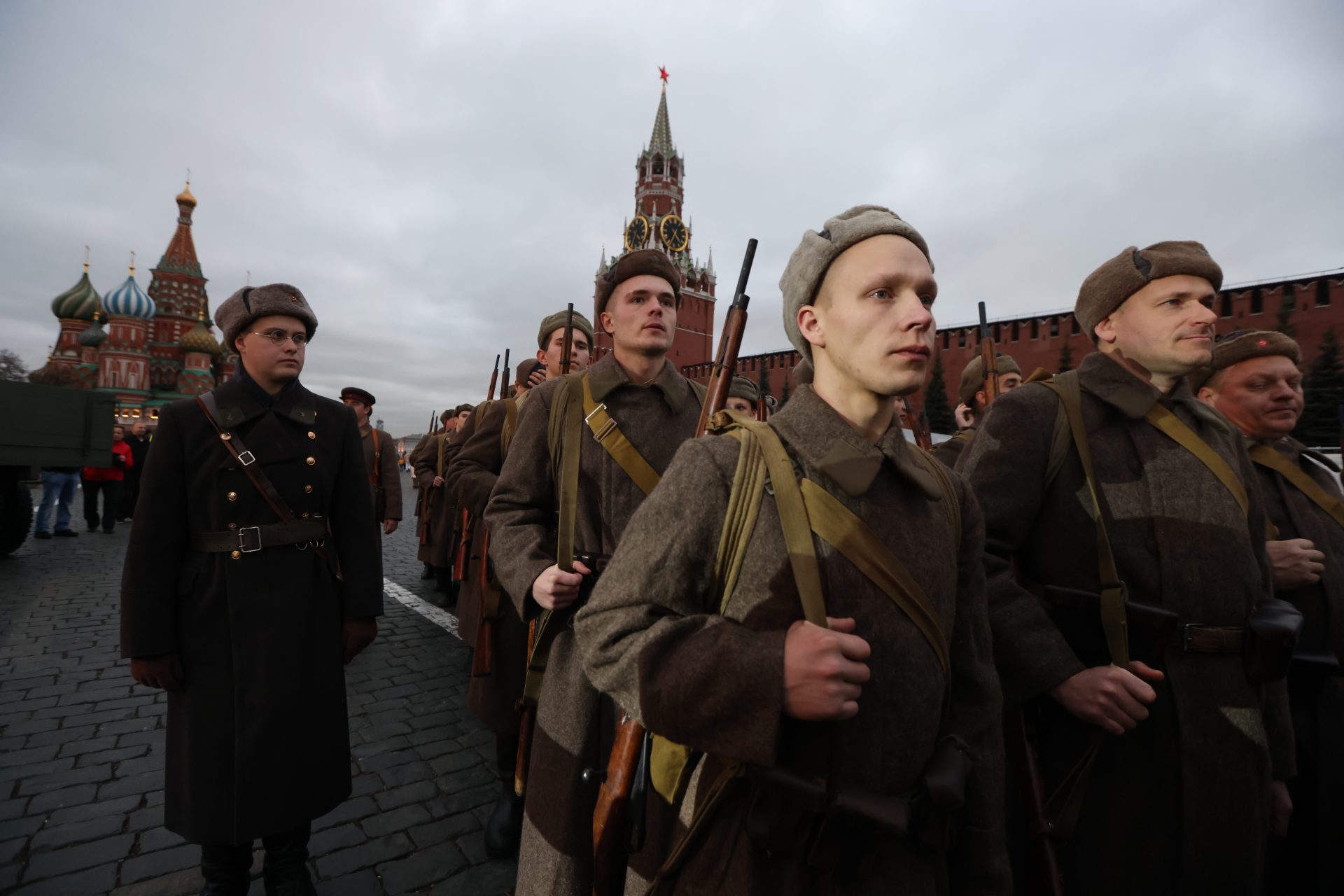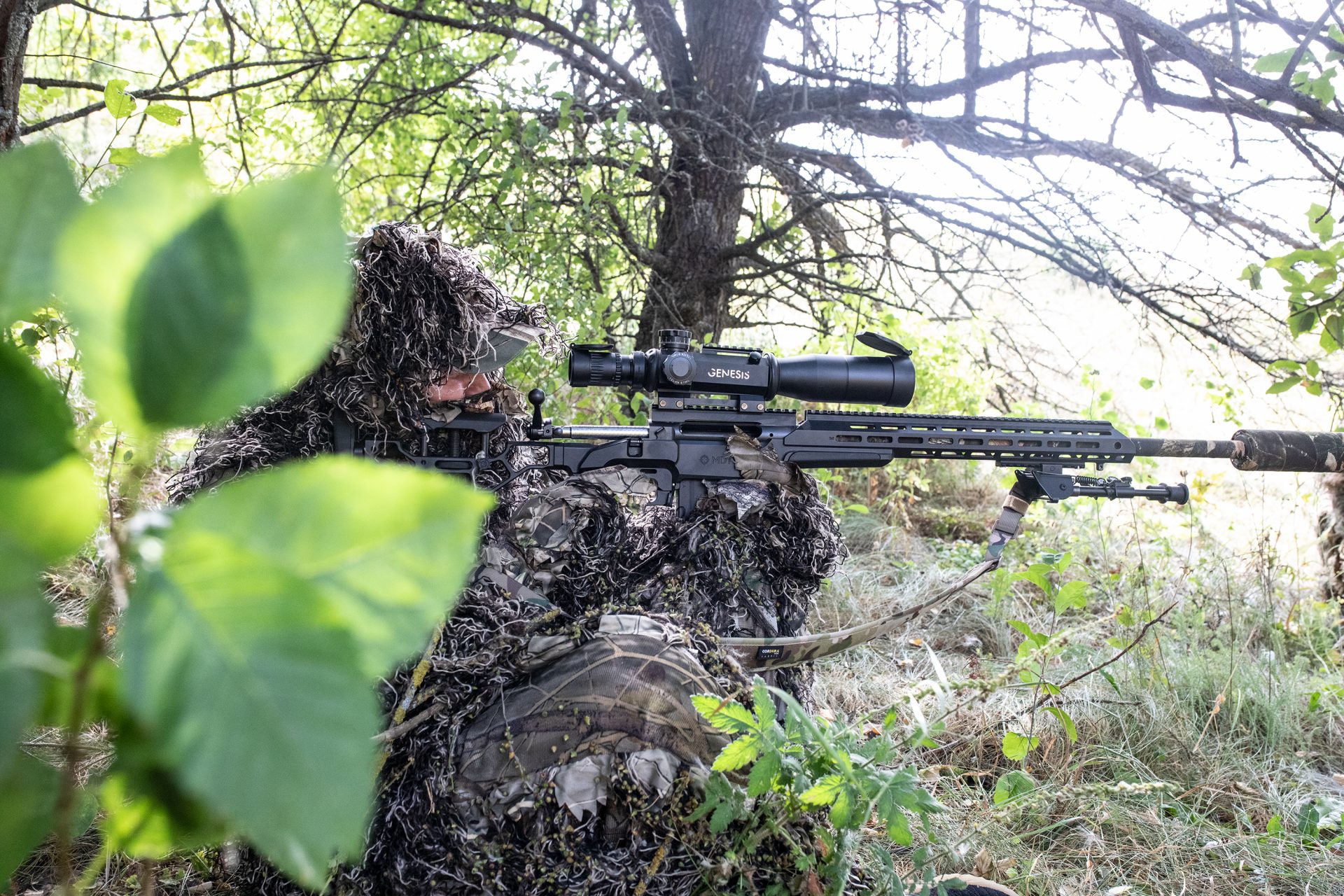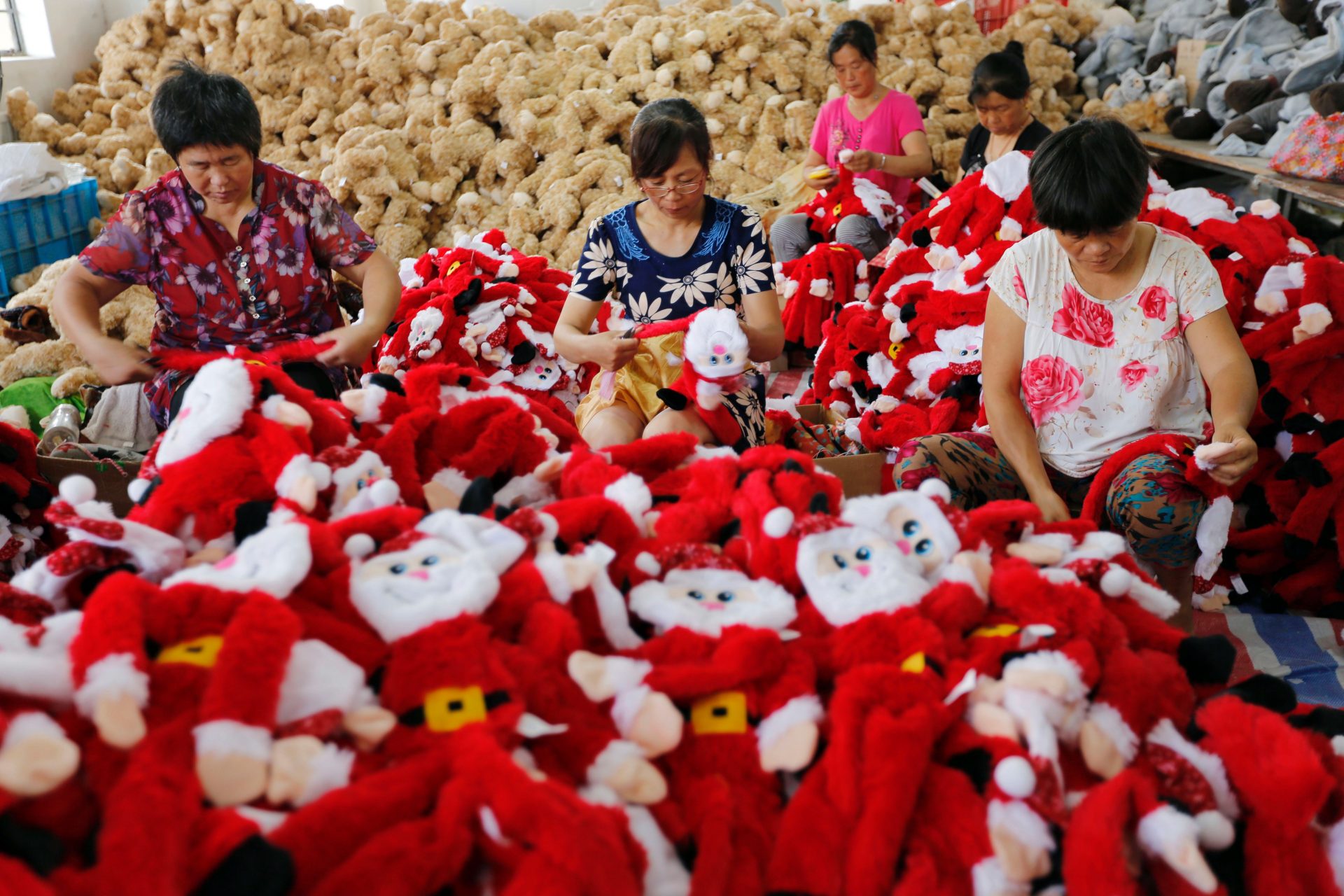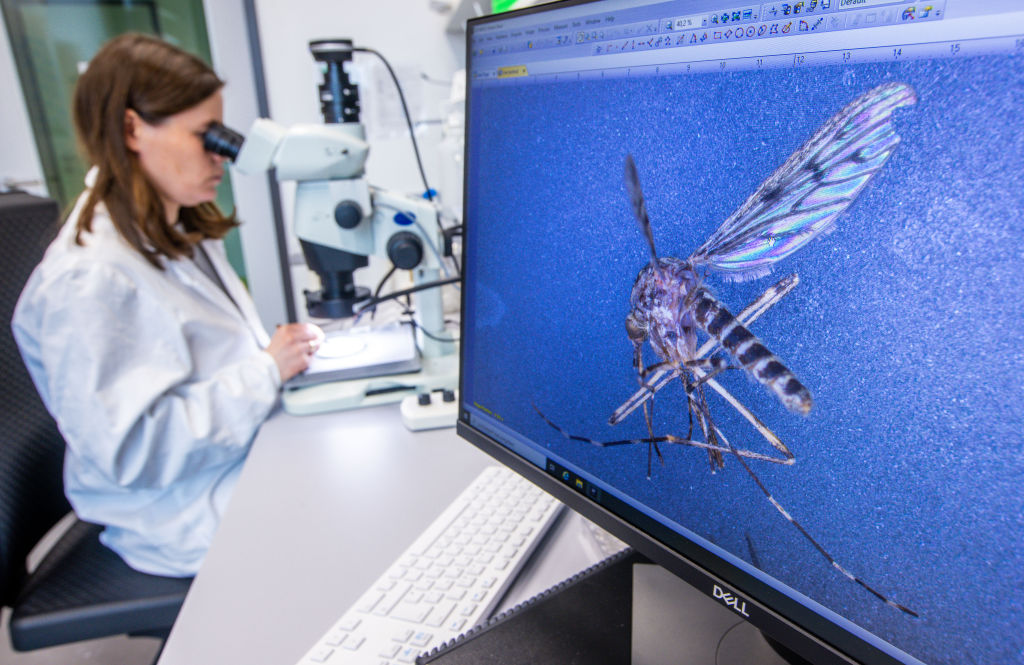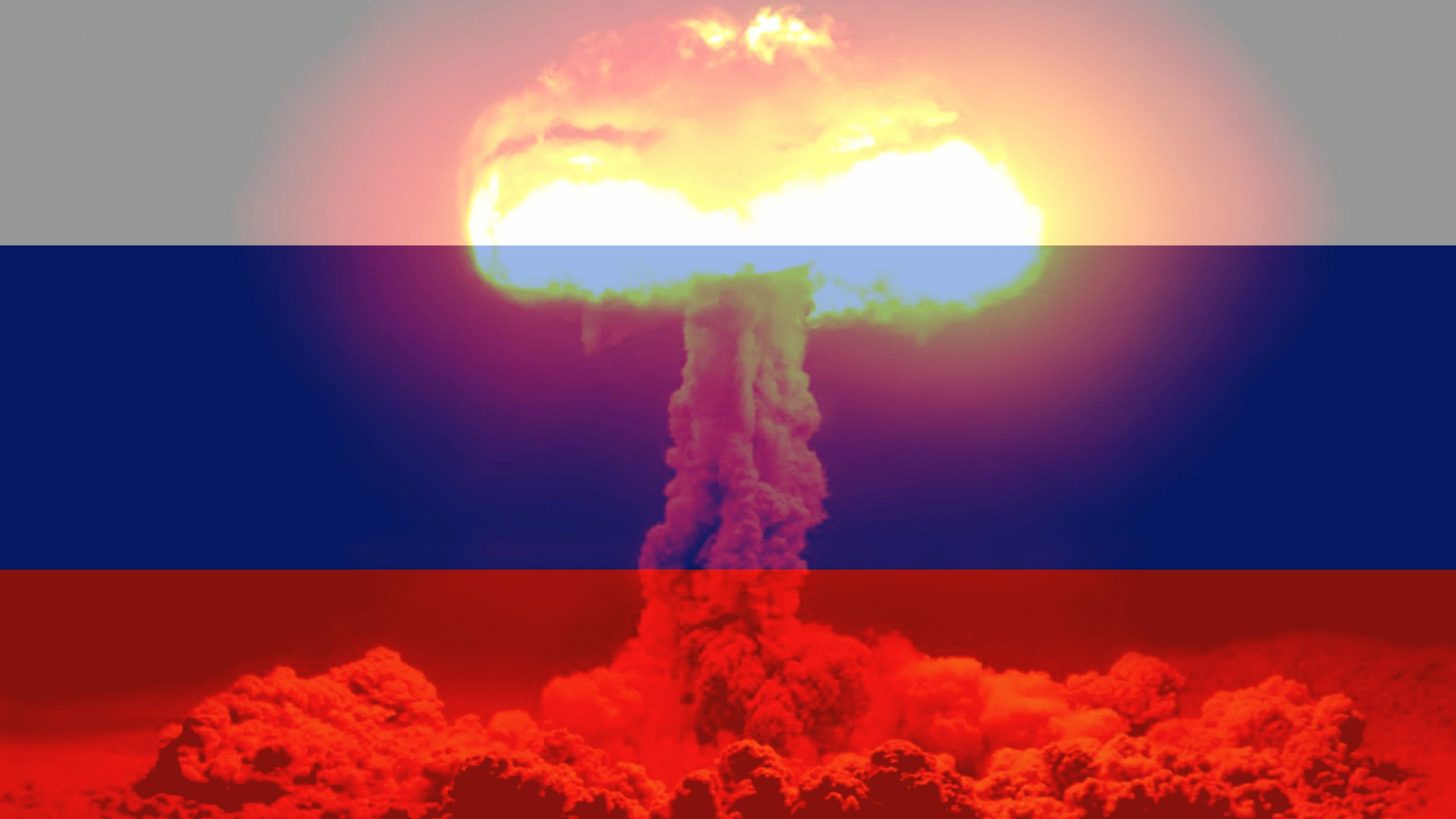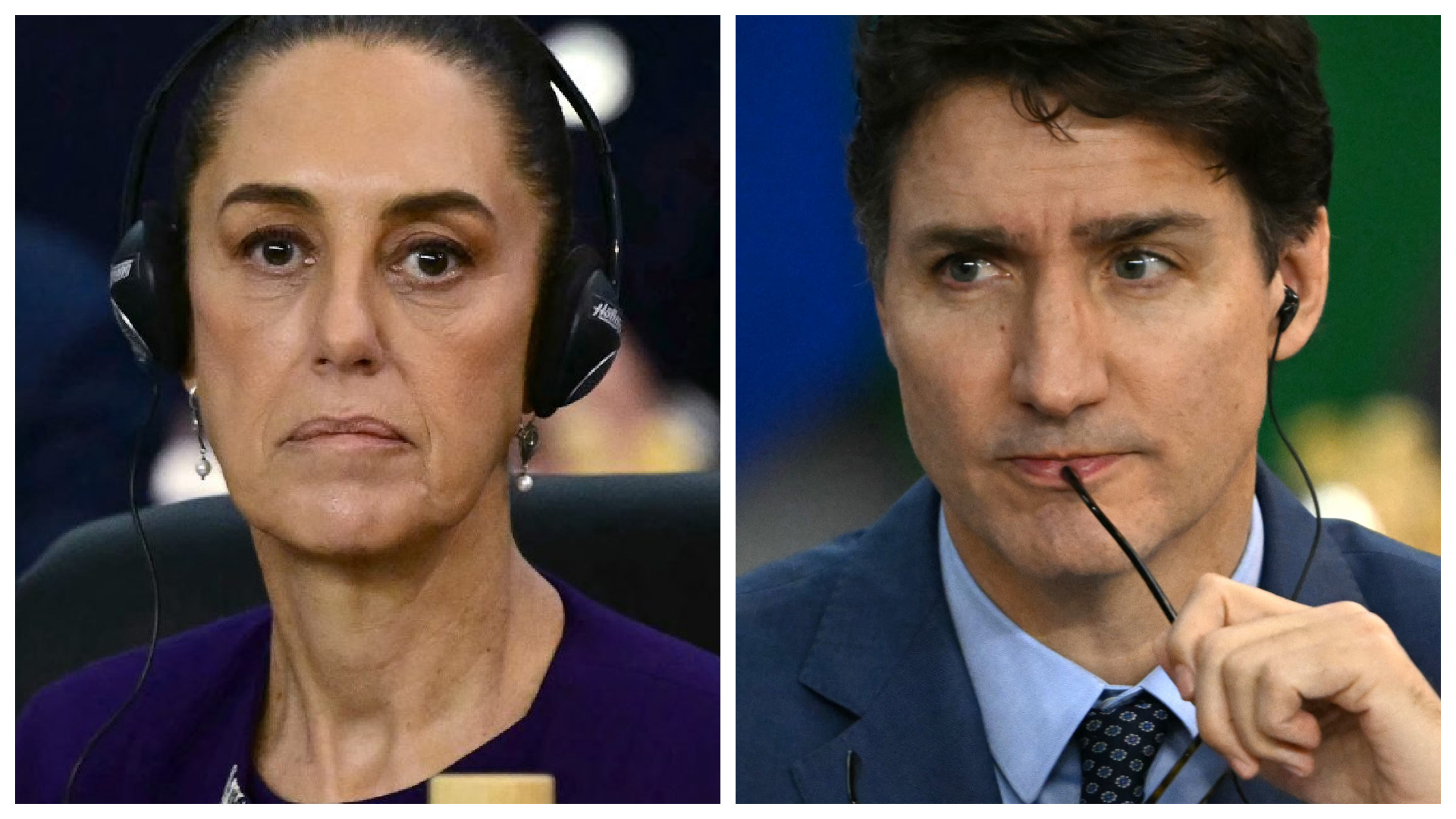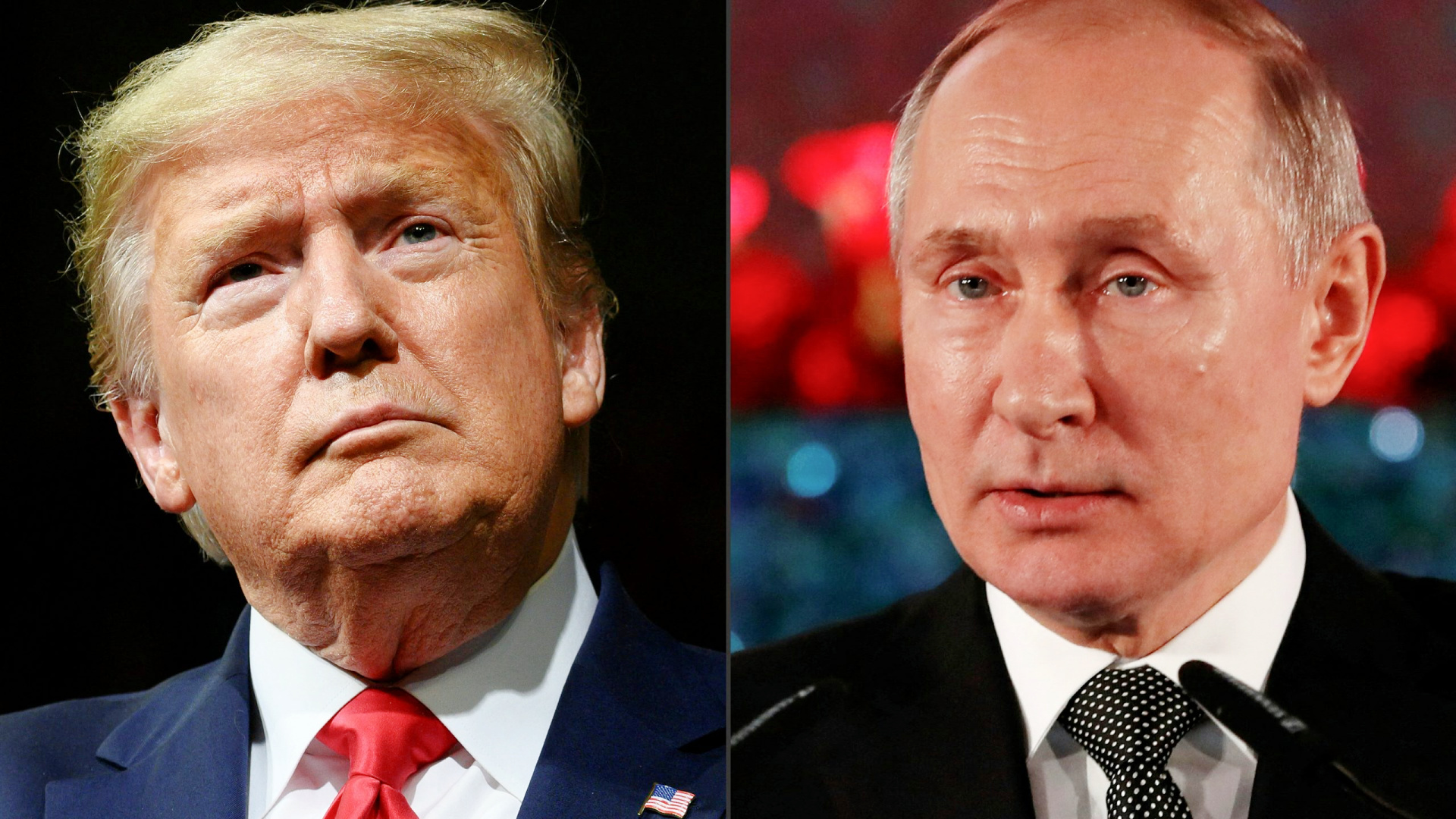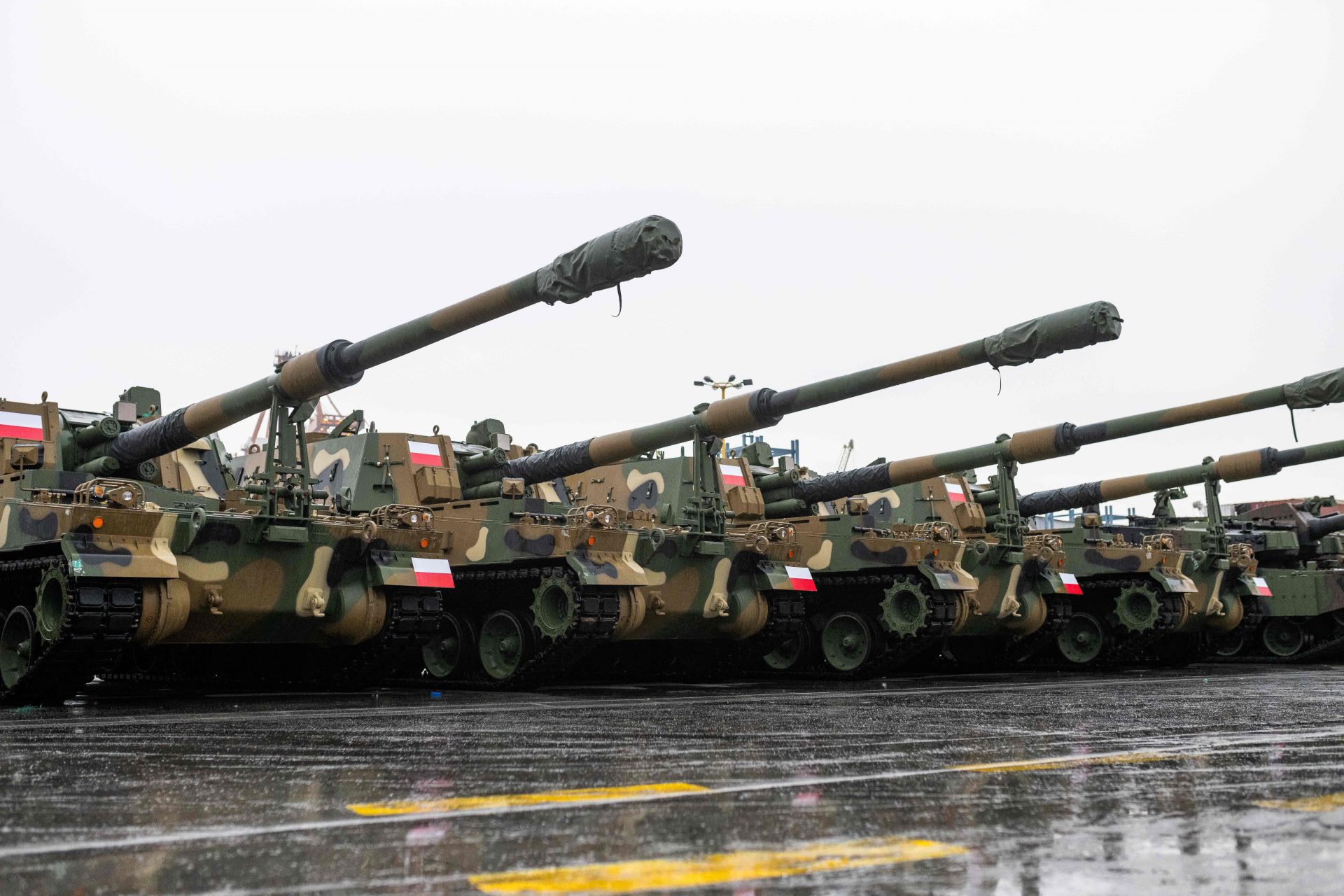Insight into the dissolution: Why Putin's beloved Soviet Union couldn't last
On December 25, 1991, the red flag with the hammer and sickle was lowered from the Kremlin's highest flagpole. It was the end of an era, the end of Putin's beloved Soviet Union.
The white, blue, and red tricolor of the Russian Federation was hoisted up in its place instead, the Slavic colors that date back to the time of the tsars.
Mikhail Sergeyevich Gorbachev has just resigned as leader of the Soviet Union.
One of the protagonists of the twentieth century puts an end to 70 years of history, without the spectacle of solemn ceremonies, or crowds gathered to witness it.
Gorbachev resigns as president with a TV speech lasting just over ten minutes, in which he explained his reasons: “The old system collapsed before the new one had time to begin working and the crisis in the society became even more acute”.
“....radical changes in such a vast country, and a country with such heritage, cannot pass painlessly without difficulties and shake-ups,” the last Soviet leader added.
On December 26, 1991, Gorbachev's successor Boris Yeltsin formally dissolved the Soviet Union. A government that seemed solid, unchangeable, and everlasting was gone after a few agitated years.
Pictured: Gorbachev follows Yeltsin's speech on TV.
For the first time in history, a vast empire fell apart without a single shot being fired.
Gorbachev came to power in 1985, when the USSR was going through a very critical time: oil prices had dropped dramatically, military spending on the arms race with the United States and the war in Afghanistan was getting out of hand, and consumer goods were starting to run out.
Gorbachev understood immediately that the country's economy needed radical reform. The Soviet system, lagging behind international competition and stifled by bureaucracy, was no longer sustainable.
In a speech at the 27th Congress of the CPSU in February 1986, Gorbachev made a harsh analysis of the country's political, economic, technological, and moral decay.
“We must change our attitudes, from the worker to the minister, the secretary of the Central Committee, and the leaders of government,” said Gorbachev to the delegates of the CPSU.
Gorbachev wants to face this challenge with three weapons: perestroika ("restructuring"), glasnost ("transparency") and uskorenie ("acceleration").
In the book 'Perestroika', Gorbachev defines it as “the comprehensive development of democracy, socialist self-government, encouraging of initiative and creative endeavor, improved order and discipline, more openness, criticism, and self-criticism in all spheres of our society”.
According to Gorbachev, the final goal of Perestroika was the complete regeneration of every aspect of Soviet life.
What sort of regeneration did Gorbachev aspire to? First, the privatization of many state-controlled industries, then the freedom of information, and the decrease of military and political control of Soviet satellite nations. Last but not least, signing treaties with the United States for missile disarmament.
Military rivalry with the United States, in fact, was no longer economically sustainable for the USSR. Gorbachev resumed dialogue with his American counterpart and in 1987 agreements were signed with the United States for the reduction of military arsenals.
Gorbachev's reformism was applauded abroad but found reluctance and obstacles at home, both among Communist hardliners and more progressive voices. This brought critical moments of tension in the Soviet government.
Economical, political, and institutional reforms and a relaxed policy towards the West failed to achieve the desired results.
The historian Nicolas Werth explains that “despite breaking the mechanisms of the planned economy established, essentially, in the Thirties, perestroika was unable to clearly define new rules of the game, nor to propose new motivations to workers”.
Facing a shortage of consumer goods, rising commodity prices, rampant corruption, and social unrest, everything seemed to lead to an inevitable political crash.
Yet, in 1990, despite the ongoing political crisis, the velvet revolution, the fall of the Berlin Wall, and the rise of the first non-Communist government in Poland, the Soviet Union still seems to be going strong.
Pictured: A woman reads a copy of Royalty Magazine in a conference room during Princess Anne's visit to Moscow in 1990.
However, discontent would not take long to manifest, particularly due to the reemergence of ethnic nationalists within Soviet republics. The tipping point came between 1990 and 1991.
During this time, Georgia and the Baltic nations declared sovereignty, breaking from the official line of the Soviet Union and asserting their own autonomy, starting the so-called War of Laws.
On July 12, 1990, Boris Yeltsin, then chairman of the Supreme Soviet of Russia, declared the sovereignty of the Russian Federative Socialist Republic. One month later, Gorbachev resigned from the Communist Party.
The first of the Soviet republics to declare independence was Lithuania, in March 1990. The central government reacted with economic sanctions, but to no avail. The country had always felt culturally and politically alien to most of the Soviet Union.
In early 1991, Gorbachev's descent towards authoritarianism began: The Soviet army is ordered to shoot Lithuanian protesters in what is known as the Vilnius massacre. Many are killed or wounded.
In the photo: Mugshots of convicts of a KGB prison, now a genocide museum in Vilnius.
Huge crowds in Moscow show solidarity towards the victims by protesting against Soviet repression. Latvia and Estonia, meanwhile, follow Lithuania's example and declare independence.
The writing was on the wall for the Soviet Union. In what appeared to be a desperate last attempt to maintain the status quo, Gorbachev called a referendum on the preservation of the Soviet Union. At the time, it seemed like a success with 78% of the votes choosing “Yes”.
However, Armenia, Georgia, Moldova, Estonia, Latvia, and Lithuania boycotted the referendum and refrained from participating. This signaled their desire for independence.
Pictured: Boris Yeltsin, center, in Armenia in 1991.
Negotiations began between Moscow and the individual republics: To save the USSR it was no longer possible to ignore the aspirations for autonomy. Even within Russia, extreme nationalism began to take the spotlight. In the center of it all, there was a new leader: Boris Yeltsin.
Gorbachev and Yeltsin became the champions of two opposing forces that dominated the twilight years of Soviet politics: Those who wanted to preserve the status quo of the USSR and those who wanted independence at any cost.
Negotiations were heading towards the constitution of a decentralized union, made up of independent Soviet states. However, the last leader of the USSR was detained, along with his family, at his home in Crimea on August 18, 1991.
Conservative communists in the government, in a last attempt to save the Soviet system, launched a coup with the support of senior military officers: their goal was to oust Gorbachev and save the USSR.
Various members of the Soviet government, such as Prime Minister Valentin Pavlov, Vice President Gennady Yanayev, and KGB head Vladimir Kryucko declare that Gorbachev will step down as premier due to health issues. Yanayev is declared Acting President of the Soviet Union.
The military and special troops tried to occupy Moscow, but thousands of local residents went out in protest, stopping the tanks on the street.
The August coup not only failed but generated the opposite reaction that was intended: It accelerated the dissolution of the Soviet Union and made Yeltsin gain much more power.
Yeltsin, who was elected as Russia's first president on June 12, 1991, urges the people to fight for freedom. The army refused to shoot the demonstrators and the August Coup fails miserably. The Russian flag becomes a symbol of a new era.
On 24 August the tanks withdrew from the streets of Moscow and Yeltsin now has the reins of the country in his hands. Other Soviet republics quickly declare independence: Ukraine, Belarus, Moldova, Azerbaijan, Kyrgyzstan, Uzbekistan, Tajikistan, Armenia, Turkmenistan, and Kazakhstan.
On 8 December 1991 Yeltsin, as president of Russia, signs the Belovezh Accords with the leaders of Ukraine and Belarus. This signals the definitive dissolution of the USSR and the birth of the Commonwealth of Independent States (CIS), open to all former Soviet republics.
Interesting enough, Viskuli, the government estate in Belarus where the Belovezh Accords were signed, was also the place for the negotiations concerning the Russian-Ukrainian conflict. Maybe Putin dreams of going back in time to reset the Soviet Union?
More for you
Top Stories



